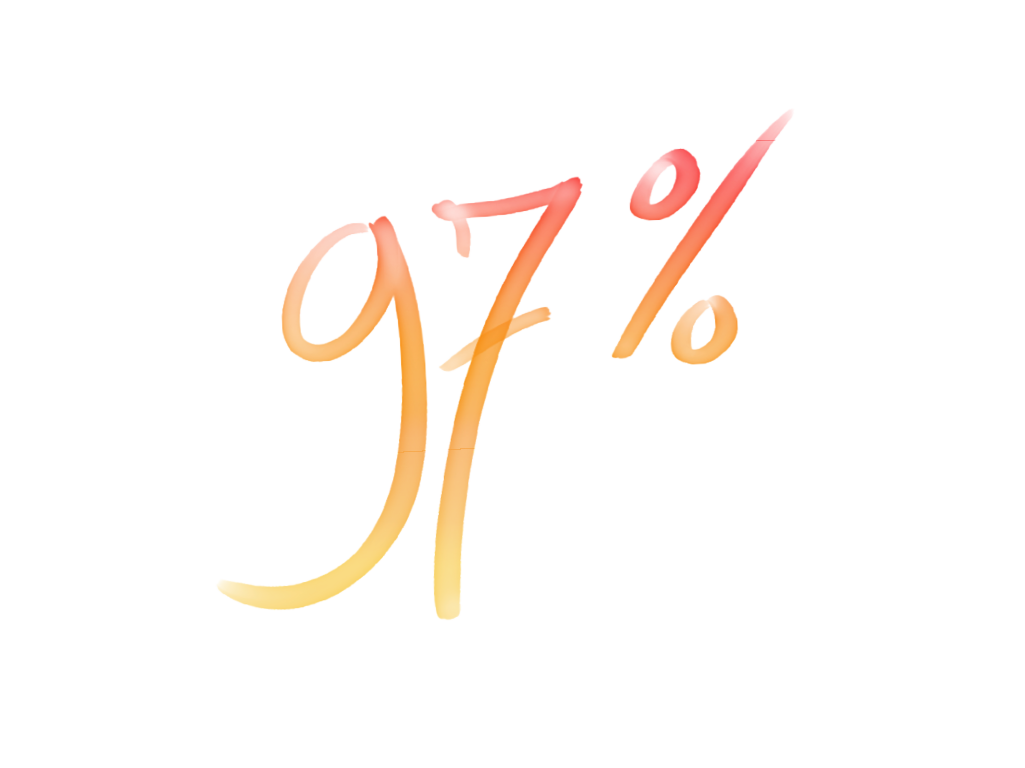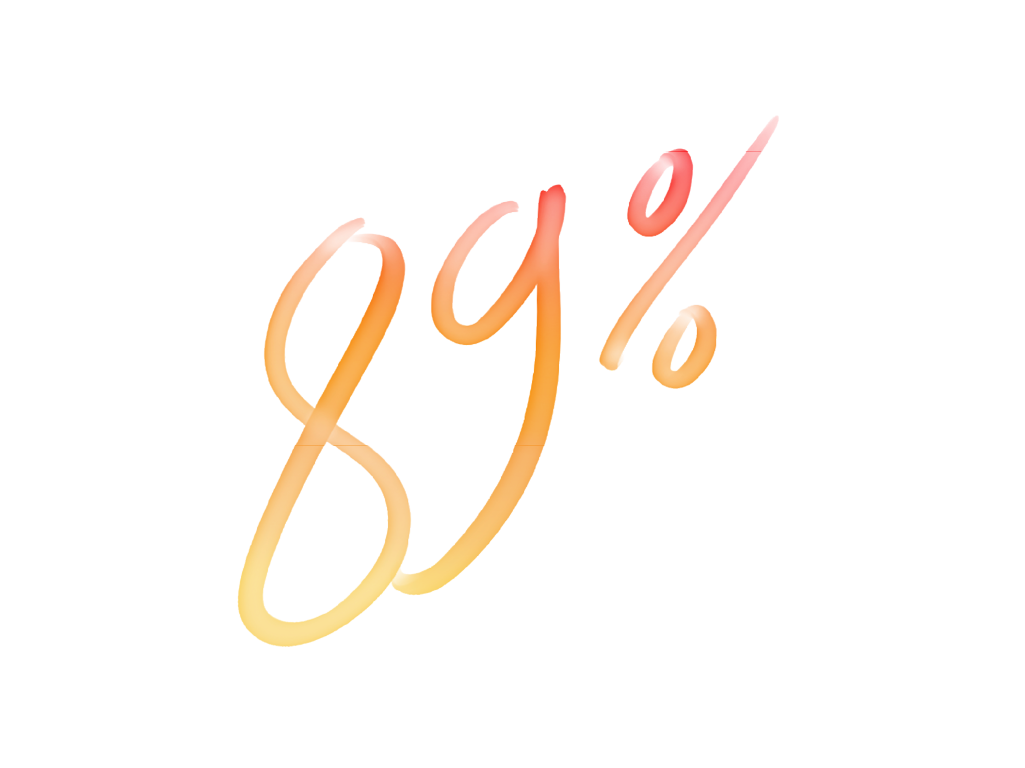YOUR KEY FACTORS OF SUCCESS


A system is made-up of a series of individuals who interact as they work towards one or several common goal(s). A company harbours several systems that have converging goals: the company’s employees, the board of directors, a department, a two-person team, etc., they all work to meet the goal(s). Efficiency and well-being at work are at the top of the list of key factors of success from all these perspectives. They have one point in common: human relations.

"Coming together is a beginning, staying together is progress, and working together is success."
- Henry Ford -




Why look after relationships?
Figures tell us that efficiency is directly linked to the quality of our relationships or interactions: Poor relationships are linked to an efficiency of 6.1/10, whereas it’s 8.1/10 when relationships are very good1. The quality of relationships also has a very revealing effect on well-being at work. It has been evaluated at 2.9/10 when relationships between colleagues are poor against 7.5/10 when they are very good1. This relational indicator is far more important than others, such as the level of salary which is far less considered. In a world where contexts are forever changing, where every individual navigates their own reality of given situations, where forms of communication are varied: it is essential to take care of relationships.

of company employees consider that relationships within the work-place have worsened over the last year.2

of company staff feel it’s important to have good relationships at work.3

of company employees feel it’s “urgent” to improve relationships at work.2

of people who have poor relationships with their colleagues suffer from a greater degree of stress.1
"The real voyage of discovery consists not in seeking new landscapes, but in having new eyes."
- Marcel Proust -
Which challenges?
At a time when companies are ever increasingly asking for more enthusiasm, adaptability and competitivity, we are all confronted to the unavoidable need to meet objectives, a specific goal or some performance target. And yet, human relations are not organised in columns or in nice and tidy graphs. When you think you’ve tried everything to reach that goal, it’s not uncommon to find yourself in a managerial deadlock. Indeed, linear thinking tends to prevent coming up with other solutions than the ones you’ve already tried: how often have you had to manage relationship issues within your team? When have you not tried, in vain, to motivate (again) a staff member who lacked the energy you know he usually has? How do you cope with the arrival or departure of a new staff member? In the end… there is no choice but to come out of this or those vicious circles in which you and/or your teams have gotten stuck.



Conditioned by context, and because everything revolves around interactions, it is easy to admit that human relations are subjected to fluctuations in fluidity. Sometimes the result is a relational loop that may evolve or change. It may be more or less set, more or less harmful, more or less detectable, but always aims to do things differently, yet it ends up in a vicious circle. For any individual who is an integral part of the system, it becomes difficult or even impossible to get the necessary perspective to be able to remove him/herself from this system in order regain the initial harmony of their relational dynamics. The intervention of the systemics specialist thereby takes on its full place and legitimacy.
1 Étude Paris Workplace SFL-IFOP, “How interactions at the office create performance”. Baromètre 6ème édition.
2 Sondage Viavoice « Human relations at work », Octobre 2020.
3 Michael Page « Blurring Study: when colleagues become friends », 2017.
2 Sondage Viavoice « Human relations at work », Octobre 2020.
3 Michael Page « Blurring Study: when colleagues become friends », 2017.